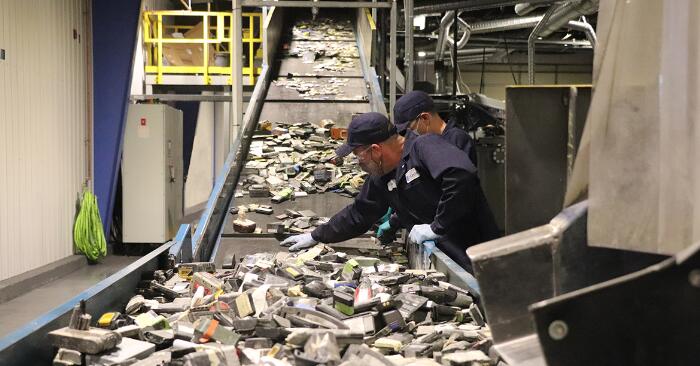In recent years, with the popularization of new energy vehicles, smartphones, tablet PCs and other electronic products, the number of used lithium-ion batteries has been increasing. This has brought about both a large-scale demand for power lithium-ion batteries and created many opportunities for the industry of lithium-ion battery recycling and laddering. The development of lithium-ion battery recycling and secondary utilization in the prevention of resource waste and environmental pollution at the same time, there will be considerable economic benefits and investment opportunities.

In terms of power batteries, studies have shown that the theoretical life of power batteries for new energy vehicles is 5 to 8 years, and the first wave of power battery elimination and decommissioning has appeared around 2020, and a large number of power batteries put into operation in the country before and after 2018 are also expected to usher in the recycling discharge period in 2024. As of the end of September 2023, the national new energy vehicle ownership amounted to 18.21 million, accounting for 5.5% of vehicle ownership. Among them, pure electric vehicles held 14.01 million units, accounting for 76.9% of the total number of new energy vehicles. The number of newly registered new energy vehicles went from 1.07 million in 2018 to 5.2 million in the first three quarters of 2023, showing high growth. It is expected that by 2025, China's retired power batteries will reach 137.4 GWh, and the used batteries that need to be recycled will reach 960,000 tons; by 2030, China's power battery recycling market size alone can reach about 140 billion yuan.
In terms of energy storage power station, with the development of new energy, the power grid for peak frequency regulation and other needs gradually increased, from 2019, energy storage ushered in the large-scale development, only in 2023, China's new commissioning of new energy storage installed capacity reached 21.5GW/46.6GWh, triple the level of the new commissioning scale in 2022. Lithium iron phosphate energy storage plant life is generally about 7-10 years, is expected to start in 2026, will usher in a large-scale power plant life expiration, a large number of lithium batteries will be retired.
In 2022, the recycling of waste power batteries in China reached 102,000 tons, and the pace of recycling began to accelerate significantly. According to Enterprise Search data, in 2022, the registration of power battery recycling enterprises was about 42,000, a year-on-year increase of 64.0%; in 2023, the registration of power battery recycling enterprises was about 45,000.
However, starting in 2023, the price of lithium carbonate fell from a high of 600,000 yuan / ton, and fell below 100,000 yuan / ton in early 2024, and the average price of lithium carbonate on June 27 was 90,000 yuan / ton. This also led to nearly six months, a large number of battery recycling enterprises shut down and closed down. As of March 13, 2024, China has 1,417 power battery recycling-related enterprises written off and suspended, an average of about 20 closed every day, compared with the same period in 2023 increased by 96.5%.